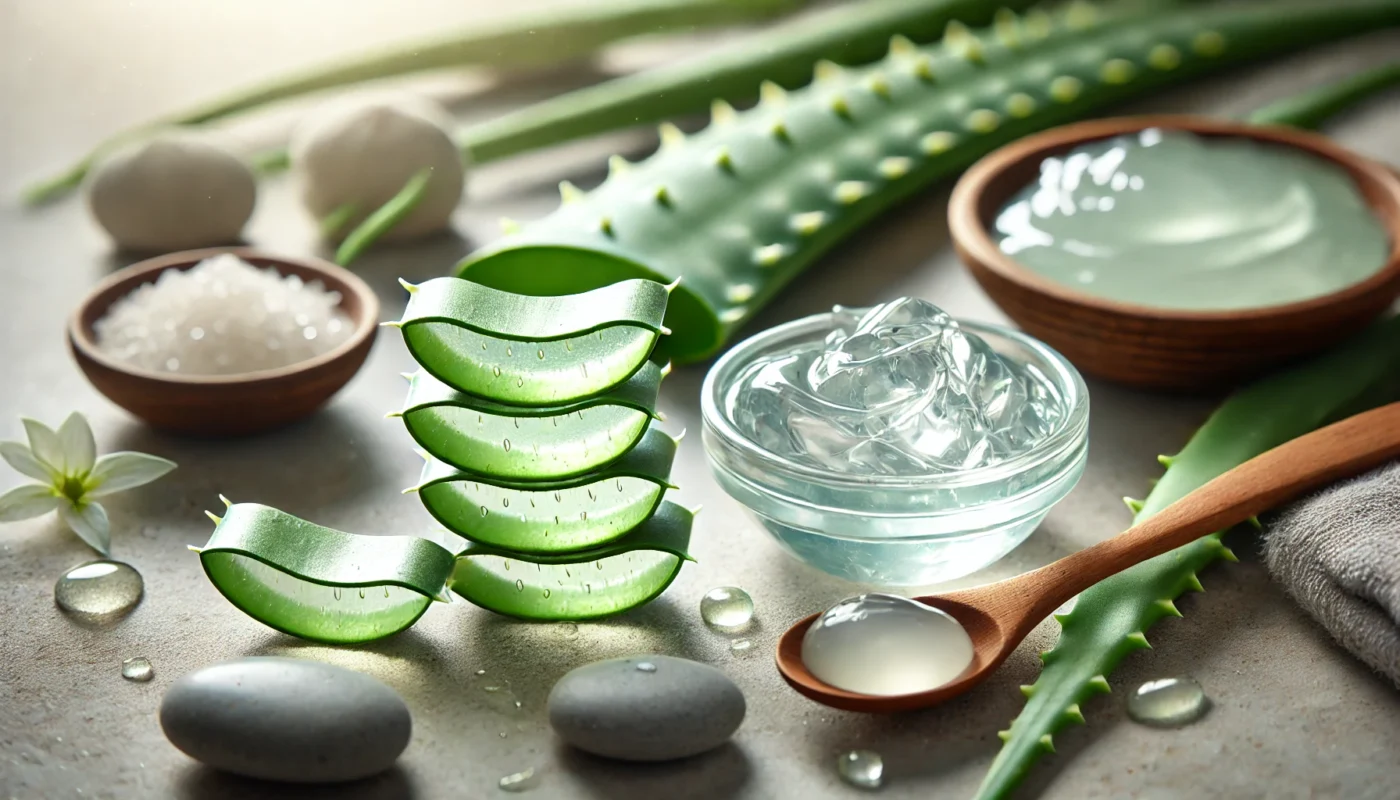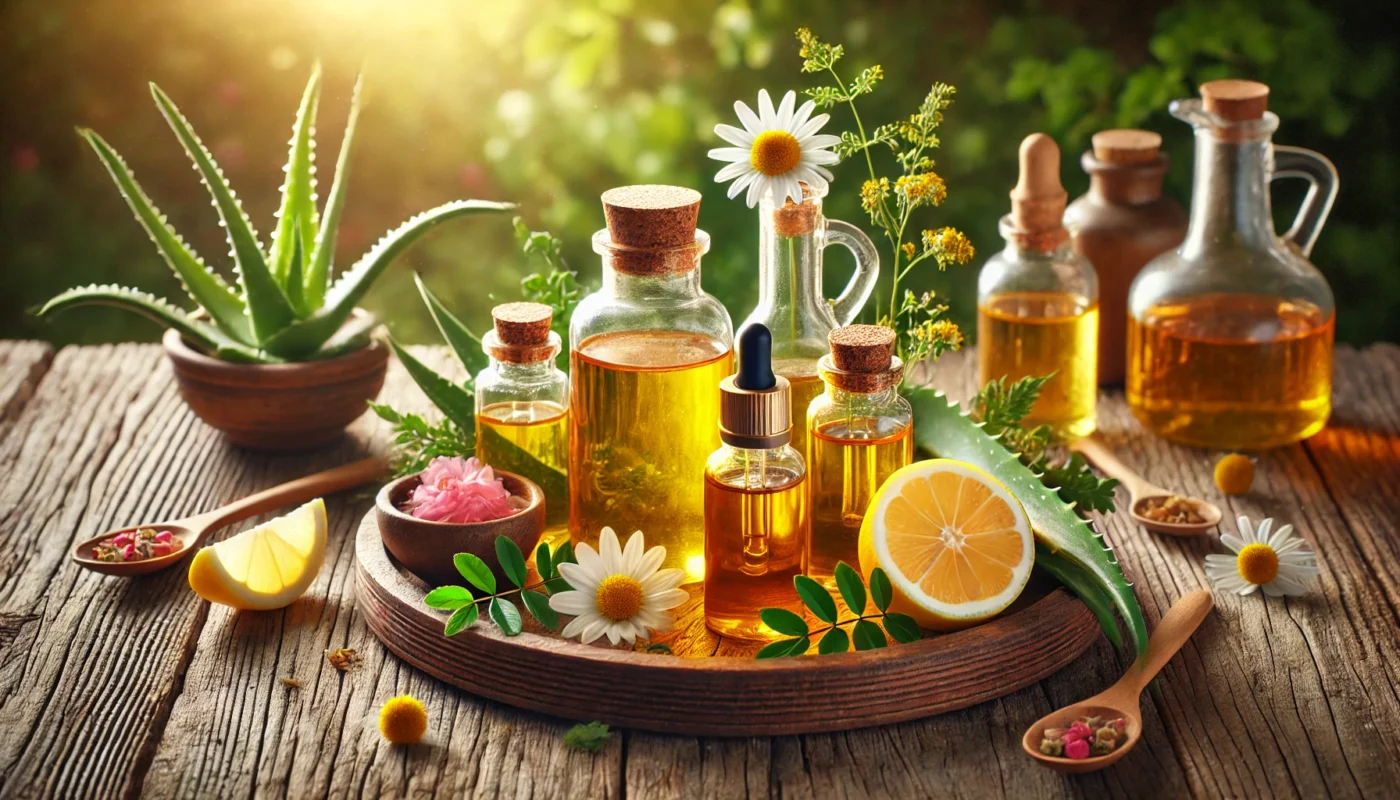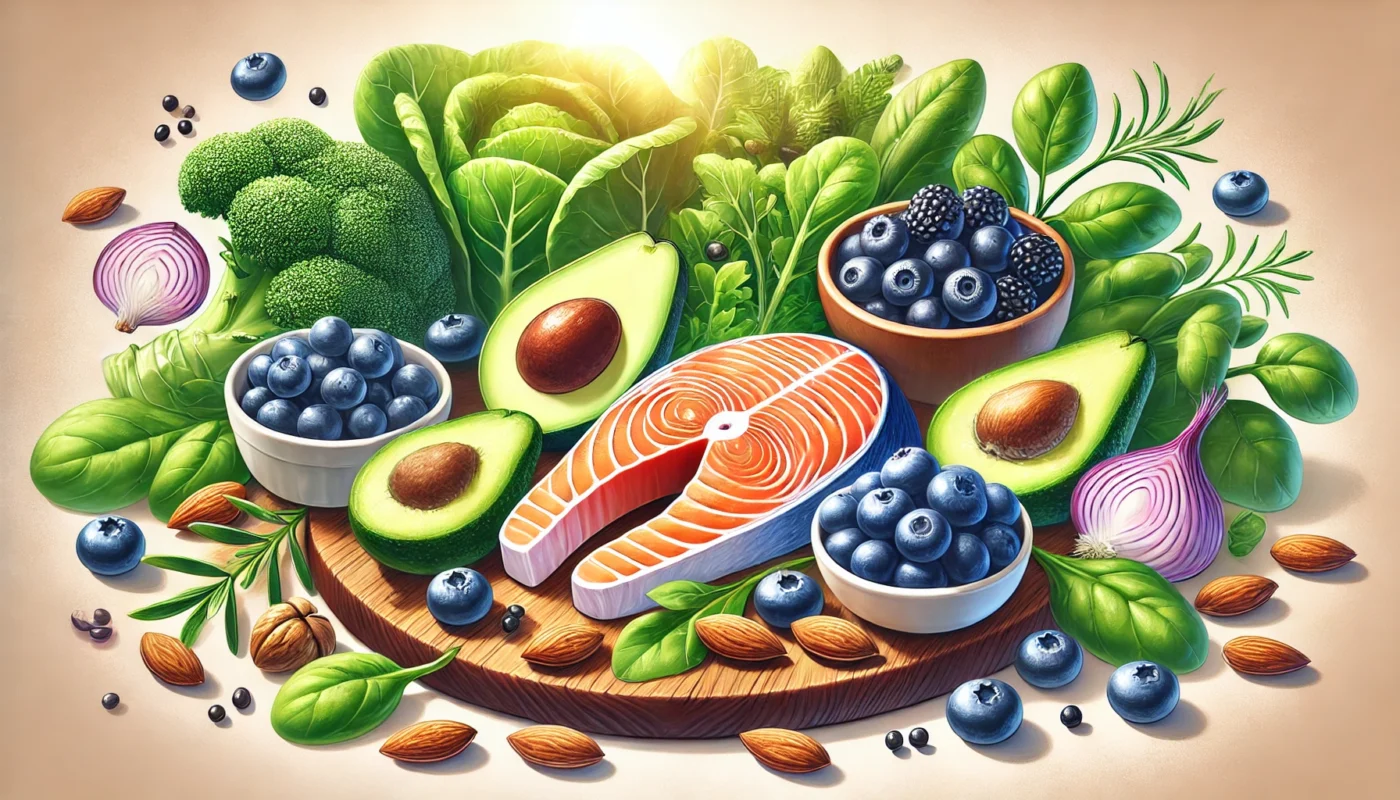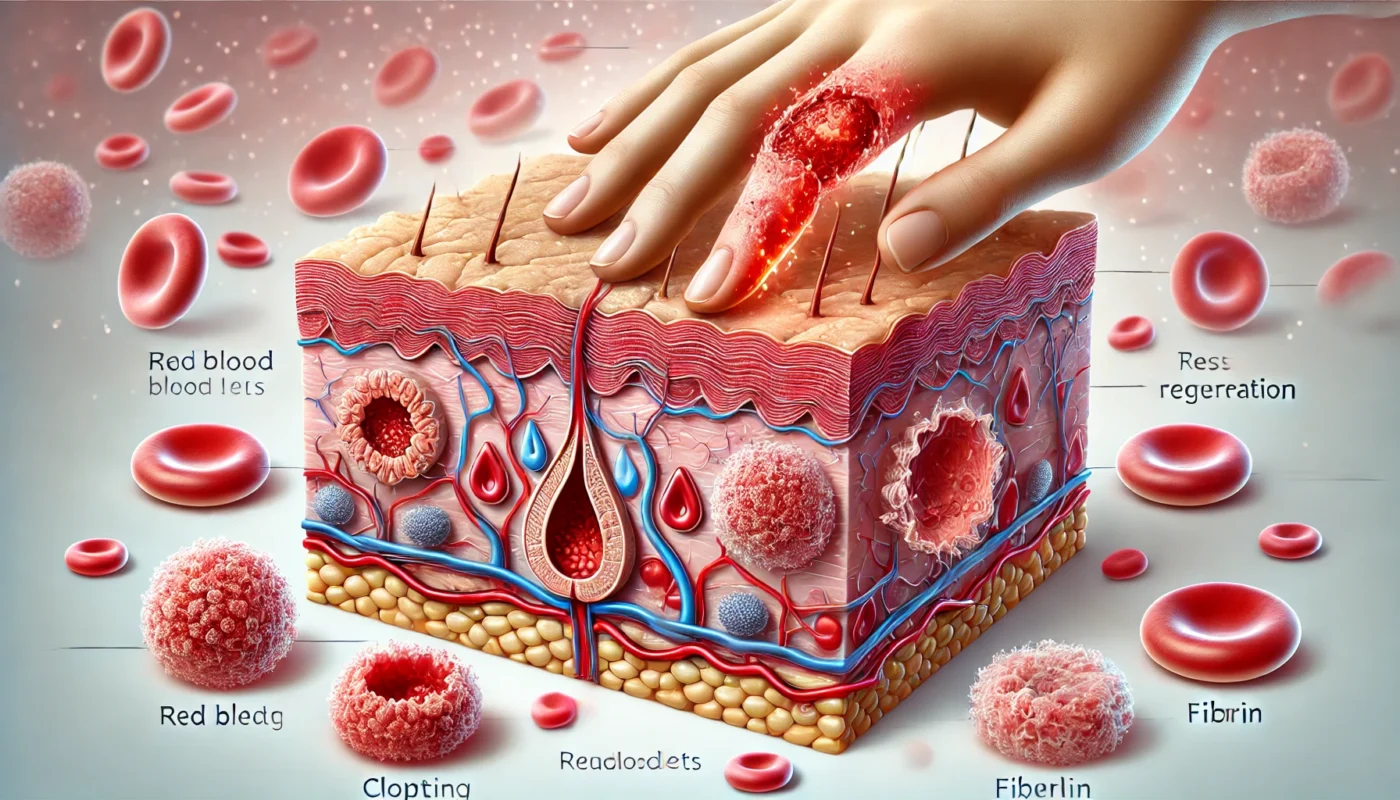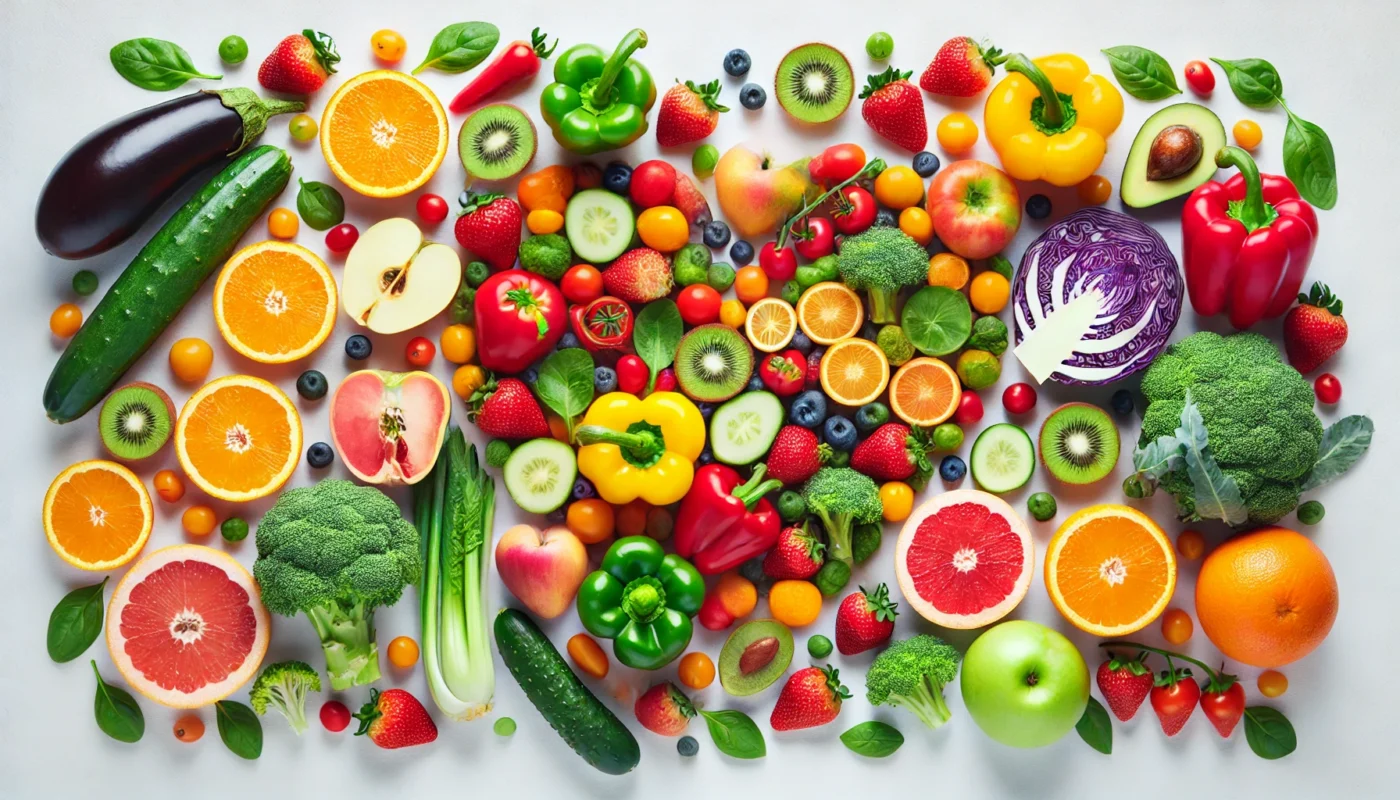Aloe vera has long been hailed as a miraculous plant, renowned for its impressive healing properties, particularly for the skin. Its use in traditional medicine spans thousands of years, with cultures across the globe praising its ability to soothe, heal, and rejuvenate. But what is it about this succulent plant that makes it such a potent ally for skin healing? In this article, we delve into the myriad benefits of aloe vera for skin healing, backed by scientific research, and provide practical advice for incorporating this botanical wonder into your skincare routine.
Tag Archives: skin elasticity
Before diving into the specific oils, it’s essential to understand how scars form. Scars are the result of the natural healing process following an injury to the skin. They form when the dermis, the second layer of skin, is damaged. The body produces collagen fibers to repair the damage, and this fibrous tissue results in a scar. Although scars are a natural part of healing, they can sometimes be aesthetically displeasing or uncomfortable.
The skin, being the largest organ of the body, requires a diverse array of nutrients to maintain its structural integrity and functional properties. A balanced diet rich in specific vitamins, minerals, and antioxidants is crucial for skin health, influencing everything from elasticity to the skin’s natural glow.
Historically, various cultures have entertained unique practices that might seem odd by today’s standards. The act of eating scabs, though not widely documented, may find its roots in ancient ritualistic or survival behaviors. Some anthropologists suggest that such practices could have been linked to beliefs about gaining strength or healing powers from one’s own body. In ancient times, the emphasis on natural and self-reliant healing might have led communities to explore unconventional methods, including the reuse of one’s biological materials.
Moreover, in some ancient societies, the body was viewed as a sacred entity, with each component possessing unique properties. This perspective might have contributed to the acceptance of practices like scab eating, as it was seen as a way to harness the body’s innate healing capabilities. Additionally, survival instincts in harsh environments may have encouraged individuals to utilize every available resource, including their own body, to maintain health and vitality.
Skin elasticity is a key factor in maintaining a youthful appearance. It’s what gives our skin the ability to bounce back after being stretched or compressed.
However, as we age, our skin naturally loses some of its elasticity. This can lead to wrinkles, sagging, and other signs of aging.
Fortunately, there are ways to boost skin elasticity. One of these is through the use of supplements.
Supplements can provide our bodies with the nutrients they need to support healthy skin. They can help to stimulate collagen production, hydrate the skin, and protect against oxidative damage.
In this article, we will explore the top supplements for skin elasticity. We will delve into the science behind how these supplements work and provide practical advice on how to incorporate them into your daily routine.
Whether you’re a fitness enthusiast, a health enthusiast, or a medical patient, this article will provide you with the information you need to make informed decisions about your skin health.
The quest for radiant skin often leads us down the aisles of beauty stores. But what if the secret to glowing skin lies not in a bottle, but on your plate?
Research suggests that the foods we consume can significantly impact our skin’s health. From its elasticity to its radiance, our diet plays a crucial role.
This comprehensive guide explores the science of skin nutrition. It delves into the power of antioxidants, omega-3 fatty acids, vitamins, and other nutrients that can enhance your skin’s health.
We’ll also discuss the best foods for skin repair and radiance. These include fruits, vegetables, and other foods that can help your skin glow from within.
But it’s not just about what to eat. We’ll also cover what to avoid for clear skin. Certain foods can negatively impact your skin’s health, and knowing what they are can help you make better dietary choices.

